Facing a shipping delay? You’re not alone. In the dynamic realm of ecommerce, delayed shipments are more than just logistical setbacks—they’re pivotal moments that can shape your customers’ trust and your brand’s credibility.
In a landscape where every second counts, knowing how to navigate shipping delays and keep your customers informed is crucial. This comprehensive guide is crafted to equip beginners with the essential strategies for managing shipping delays effectively. From uncovering the root causes to deploying impactful communication tactics, we’ll walk you through every step to ensure you turn potential challenges into opportunities for enhancing customer satisfaction and loyalty.
Dive in to discover how to transform shipping delays from business hurdles to stepping stones for building stronger customer relationships.
Understanding Shipping Delays
Shipping delays are an inevitable part of the ecommerce landscape, influenced by various factors such as weather conditions, logistics challenges, and customs and regulatory delays. These disruptions can significantly impact customer satisfaction, as timely delivery is often a key expectation of online shoppers.
To effectively manage and mitigate shipping delays, it’s crucial to understand their root causes. Let’s explore some of the most prevalent factors:
- Weather Conditions: Severe weather can halt transportation, leading to delays.
- Logistics Challenges: Issues within the supply chain, including transportation and warehousing, can cause delays.
- Customs and Regulatory Delays: International shipments can be delayed by customs processes and compliance with various regulations.
The impact on ecommerce is profound, with delays potentially harming customer trust and satisfaction, which are crucial for repeat business and positive reviews.
Preventive Measures to Minimize Shipping Delays
In the competitive arena of ecommerce, taking proactive steps to minimize shipping delays is not just beneficial—it’s essential for customer satisfaction and brand loyalty. A multifaceted approach involving the selection of reliable shipping partners, effective inventory management, and the adoption of advanced technology can significantly reduce the incidence of delays.
Selecting Reliable Shipping Partners
The foundation of a smooth shipping process is the selection of dependable shipping partners. This means partnering with companies that not only have a strong track record of on-time deliveries but also possess robust contingency plans for unexpected events.
Research and due diligence are key—look for partners with positive reviews, transparent communication policies, and a willingness to provide detailed tracking information. Establishing relationships with multiple carriers can also provide flexibility and a backup plan in case of regional disruptions.
Importance of Inventory Management in Shared Warehouses
For businesses utilizing shared warehouse spaces, such as those offered by WareSpace, efficient inventory management is critical. This involves maintaining optimal stock levels to prevent overstocking or stockouts, which can delay order fulfillment.
Utilizing inventory management software can automate stock level tracking, alerting you when to reorder products. Additionally, organizing inventory in a way that prioritizes fast-moving items can expedite the packing and shipping process, reducing the time it takes for products to leave the warehouse.
Leveraging Technology for Efficient Operations
Technology plays a pivotal role in streamlining shipping operations. Implementing a warehouse management system (WMS) can enhance the efficiency of order processing, picking, packing, and shipping.
Integration of these systems with real-time tracking technology ensures that you can monitor shipments at every stage, anticipate potential delays, and adjust operations accordingly. Furthermore, AI and machine learning can predict potential bottlenecks and suggest the best shipping routes and methods to avoid delays.
Detecting and Addressing Shipping Delays Early
The early detection and management of shipping delays not only help mitigate their impact but also preserve customer trust. Employing a proactive communication strategy can significantly alleviate customer frustration.
Continuous monitoring of shipments is crucial for early detection of potential delays. This can be achieved through the integration of tracking systems that provide real-time updates on the location and status of shipments.
By setting up alerts for deviations from expected timelines, businesses can quickly identify delays and begin formulating a response. This proactive approach enables companies to stay ahead of the issue and manage customer expectations effectively.
Evaluating the Severity and Potential Impact of Delays
Once a delay is detected, evaluating its severity and potential impact on customers is essential. Consider factors such as the length of the delay, the number of affected customers, and the specific products involved.
This assessment will guide your communication strategy, helping you decide how to inform customers and what type of compensation, if any, should be offered. For significant delays, a more personalized communication approach may be necessary, whereas minor delays might be addressed with a general update to all impacted customers.
Implementing these strategies requires a commitment to flexibility, transparency, and ongoing communication with both shipping partners and customers. By taking proactive steps to prevent delays and addressing them effectively when they occur, businesses can maintain high levels of customer satisfaction and loyalty, even in the face of challenges.
How to Inform Customers About Delivery Delay
Effective communication is the cornerstone of customer service, especially when addressing the sensitive issue of delivery delays. A well-crafted message, delivered through the appropriate channels, can significantly mitigate customer dissatisfaction and maintain trust in your brand.
Crafting Clear and Empathetic Messages
When informing customers about a delivery delay, your message should be transparent, concise, and empathetic. Start by explaining the reason for the delay in simple terms—whether it’s due to weather conditions, logistics challenges, or customs issues. Provide as much detail as necessary to help the customer understand the situation without overwhelming them with technicalities.
Next, offer an estimated delay duration. If possible, give a specific timeframe rather than a vague estimate. This helps set realistic expectations and demonstrates that you are actively managing the situation.
An apology is essential, but it should go beyond a simple “We’re sorry.” Acknowledge the inconvenience caused to the customer and express genuine empathy for any disruption the delay may cause in their plans or activities.
Finally, assure customers of your commitment to resolving the issue. This could include steps you are taking to expedite the delivery or how you plan to prevent similar delays in the future. Reassurance can go a long way in maintaining customer loyalty.
Choosing the Right Channels to Inform Customers
The method by which you communicate the delay is almost as important as the message itself. The channel should reflect the urgency of the message and the preferences of your customer base.
- Email Updates: Ideal for detailed explanations and for customers who prefer a comprehensive overview of the situation. Email allows you to include links to tracking information or FAQs on your website.
- SMS Alerts: Best for immediate notifications, especially if the delay is discovered close to the expected delivery date. SMS messages should be brief and to the point, directing customers to more detailed information available online or via email.
- Website and Social Media Announcements: Useful for general delays affecting multiple orders or services. Updates can be posted on your website’s homepage or dedicated customer service page, as well as on social media platforms where your customers are most active.
Mitigating Customer Dissatisfaction
Despite your best efforts, some customers may still be frustrated by the delay. Offering compensation can help soften the blow and demonstrate your commitment to customer satisfaction.
- Discounts on Future Purchases: This encourages customers to return to your store, potentially converting a negative experience into future sales.
- Free Shipping Upgrades: For orders still in processing or for future orders, offering to expedite shipping at no extra cost can be a powerful gesture of goodwill.
- Order Modifications or Cancellations: Giving customers the option to modify or cancel their order provides them with control over the situation. This flexibility can be particularly appreciated if the delayed item was needed by a specific date.
By implementing these strategies, you can turn the challenge of delivery delays into an opportunity to demonstrate your company’s values and commitment to customer service. Transparent, empathetic communication combined with appropriate compensation strategies can help maintain and even strengthen customer relationships during these testing times.
Engaging with Customers Post-Delay
After a shipping delay has been resolved, engaging with customers is crucial to rebuilding trust and ensuring their continued loyalty. This phase is about more than just overcoming a hiccup; it’s an opportunity to demonstrate your commitment to customer satisfaction and to learn from the experience to improve future operations.
Follow-up Communications to Rebuild Trust
Once the delayed shipment has been delivered, it’s important to follow up with the customer. This can be achieved through personalized emails, messages, or even a phone call, depending on the customer’s preference and the value of their purchase. The goal is to show that you value their business and their experience matters to you.
- Personalized Email or Message: Send a personalized email or message thanking the customer for their patience and understanding. This communication should convey appreciation and reiterate your commitment to service excellence. You can also include a survey link or ask for feedback directly in the message to encourage engagement.
- Special Offers or Loyalty Points: As part of the follow-up, consider offering a special discount, loyalty points, or another incentive to encourage future purchases. This gesture can help mitigate any negative feelings associated with the delay and can turn an unhappy customer into a loyal one.
- Phone Call: For high-value customers or particularly severe delays, a personal phone call from a customer service representative or even a manager can make a significant impact. It shows a high level of care and commitment to resolving any remaining issues and restoring the customer’s confidence in your brand.
Gathering Feedback to Improve Future Operations
Feedback from customers who have experienced a shipping delay is invaluable. It can provide insights into how well your communication strategies worked, the effectiveness of your compensation offers, and overall customer sentiment. This feedback can then be used to refine your approach to handling future delays and improving your operations.
- Surveys: Send out surveys specifically designed to gather feedback on how the shipping delay was handled. Ask about the clarity of the communication, the adequacy of the compensation offered, and the overall satisfaction with the resolution process.
- Review Analysis: Monitor social media and review platforms for mentions of the shipping delay. Customers often turn to these platforms to express their satisfaction or dissatisfaction. Responding to these reviews publicly can further demonstrate your commitment to customer satisfaction.
- Internal Review Meetings: Organize meetings with your team to review the feedback and identify areas for improvement. Discuss what went well and what could be done better in the future. Consider all aspects, from the initial detection of the delay to the final follow-up with the customer.
By actively engaging with customers after a delay and seeking their feedback, you can turn a potentially negative experience into an opportunity for growth and improvement. This proactive approach not only helps in rebuilding trust but also enhances your operational strategies, ultimately leading to a stronger, more resilient ecommerce business.
Effective Communication Examples During Shipping Delays
Effective communication during shipping delays hinges on transparency, empathy, and professionalism. These principles should guide your approach, whether you’re drafting an email, sending an SMS alert, making a website announcement, or engaging in personalized phone calls. Below are detailed examples tailored to various scenarios, designed to maintain trust and minimize customer dissatisfaction.
- Scenario 1: Email Notification of Delay
Subject: Important Update About Your [Product/Order] Shipment
Body:
Dear [Customer Name],
We hope this message finds you well. We are reaching out to inform you of a delay in the shipment of your [Product/Order] originally scheduled for delivery on [Original Delivery Date]. Due to [specific reason for delay, e.g., adverse weather conditions], your order is now expected to arrive by [New Estimated Delivery Date].
We understand how important it is for you to receive your order on time and apologize for any inconvenience this may cause. To show our appreciation for your patience and understanding, we are offering [specific offer, e.g., a 10% discount on your next purchase, free shipping on your next order].
Your satisfaction is our top priority, and we are committed to delivering quality service. Please feel free to reach out to our customer service team at [Contact Information] if you have any questions or need further assistance.
Thank you for your understanding and continued support.
Warm regards,
[Your Company Name]
- Scenario 2: SMS Alert for Immediate Notification
Message:
“Hello [Customer Name], we wanted to inform you that your [Company Name] order #[Order Number] is delayed due to [brief reason]. We now expect a delay of [number] days. Please check your email for more details. We sincerely apologize for this inconvenience and truly appreciate your understanding. – [Your Company Name]”
- Scenario 3: Website Announcement for General Delays
Header: Important Notice: Shipping Delay Update
Content:
To Our Valued Customers,
We are currently experiencing delays in shipping due to [general reason, e.g., global supply chain disruptions]. This has impacted several orders, and we are diligently working to expedite these shipments.
We anticipate that orders placed between [Date Range] may experience a delay of approximately [number] days. We are deeply sorry for this delay and are offering [specific compensation, e.g., free expedited shipping on affected orders] as a token of our appreciation for your patience.
For those needing immediate assistance or wish to make changes to your order, please contact our customer support at [Contact Information]. We are here to help.
Thank you for your understanding and support as we work through this challenge together.
[Your Company Name]
- Scenario 4: Personalized Phone Call Script for High-Value Customers
Introduction:
Hello [Customer Name], this is [Your Name] from [Your Company Name]. I hope you’re doing well today. I’m calling regarding your recent order with us, order number #[Order Number].
Main Points:
We’ve encountered a delay with your shipment due to [specific reason for the delay]. I understand how disappointing this news can be, and I want to extend my sincerest apologies for any inconvenience this may cause.
We’re currently doing everything possible to expedite your order, and we now expect it to be delivered by [New Estimated Delivery Date].
As a gesture of our commitment to you, we would like to offer [specific compensation or solution, such as a refund, discount, or alternative product options].
I’m here to address any concerns you may have or discuss any additional support you might need at this time.
Your feedback is invaluable to us, and we’re committed to ensuring your satisfaction. Thank you for your understanding and for being a valued part of our community.
[Your Company Name]
Key Points to Remember in All Communications
When faced with shipping delays, the way you communicate with your customers can significantly impact their perception of your brand. Here are some detailed guidelines to ensure your communication is effective:
- Always Be Honest: Transparency is key. Provide accurate information about the cause of the delay and the expected new delivery timeline. Avoid making promises you can’t keep, as breaking trust is more damaging than the delay itself.
- Show Empathy: Recognize the inconvenience caused to your customer. Use language that conveys understanding and compassion. Phrases like “We understand this may be disappointing” or “We sincerely apologize for any inconvenience this has caused” can help convey empathy effectively.
- Provide Clear Information: Clarity prevents confusion. Clearly state the reason for the delay, the steps being taken to resolve the issue, and the new expected delivery date. If the situation is evolving, commit to regular updates.
- Offer Compensation: Whenever possible, offer compensation to acknowledge the inconvenience caused. This could be in the form of discounts, free shipping on future orders, or even a small gift. Compensation acts as a tangible apology and can help maintain customer loyalty.
- Maintain a Positive, Professional Tone: Even in challenging situations, maintaining a positive and professional tone is crucial. This reassures customers that they are dealing with a reputable and caring company. Highlight your team’s efforts to resolve the issue and express gratitude for the customer’s patience and understanding.
Effectively managing shipping delays and maintaining transparent communication with your customers can transform a potentially negative experience into a showcase of your commitment to exceptional customer service. By adhering to the strategies outlined in this post, you can minimize the impact of shipping delays on your ecommerce business and sustain strong customer relationships.
In the competitive world of online shopping, your approach to handling shipping delays can significantly differentiate your brand from the competition. Remember, it’s not just about the delay itself but how you communicate and resolve the issue that leaves a lasting impression on your customers.
Blog Info: Author – Michael Thompson Category – Shipping and Packaging Insights

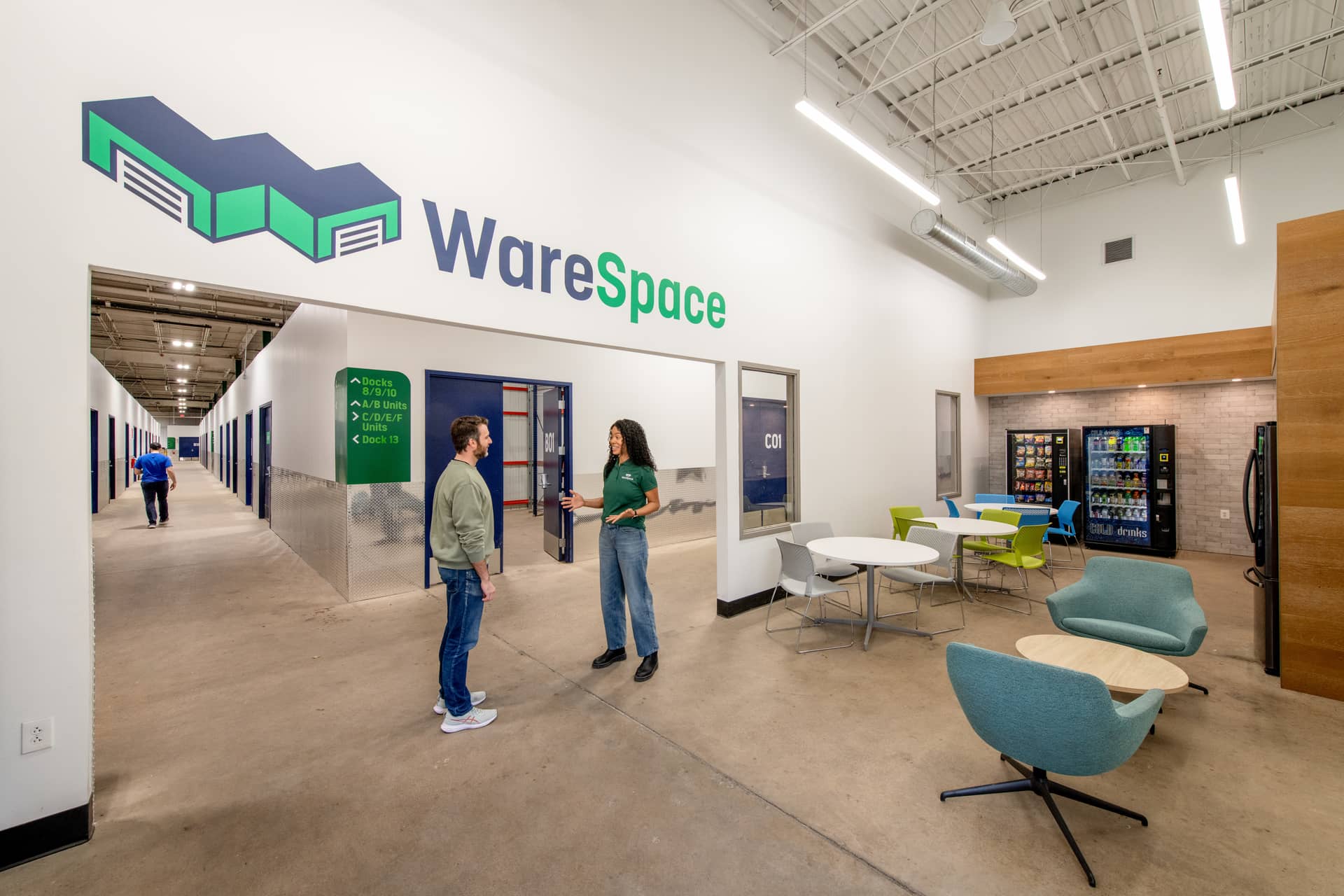

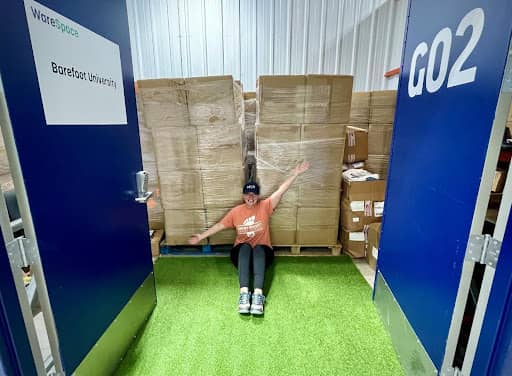
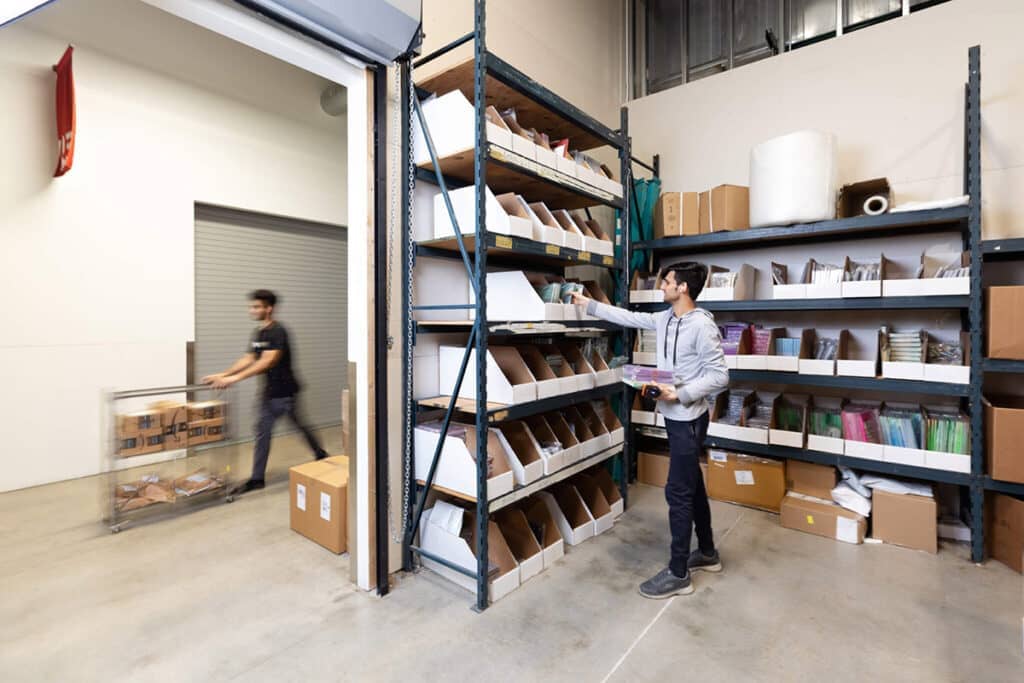

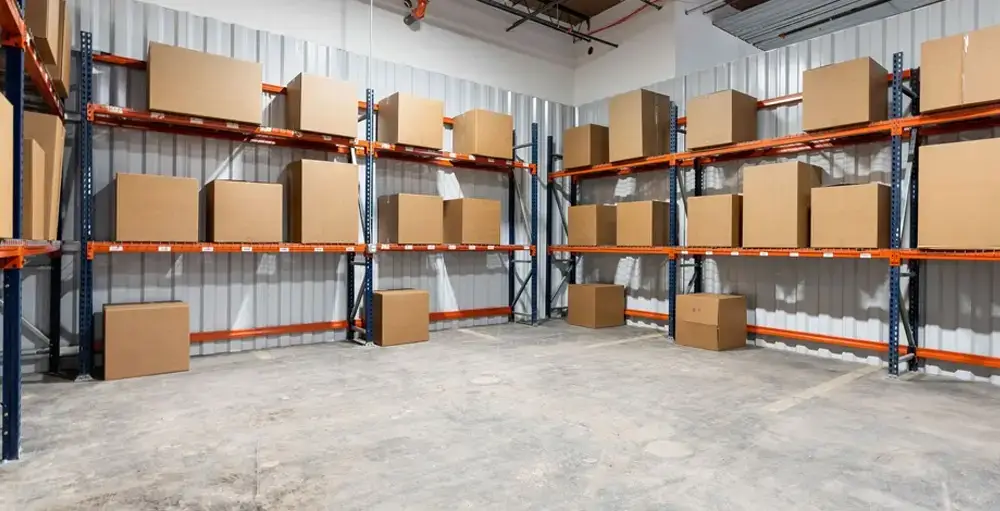
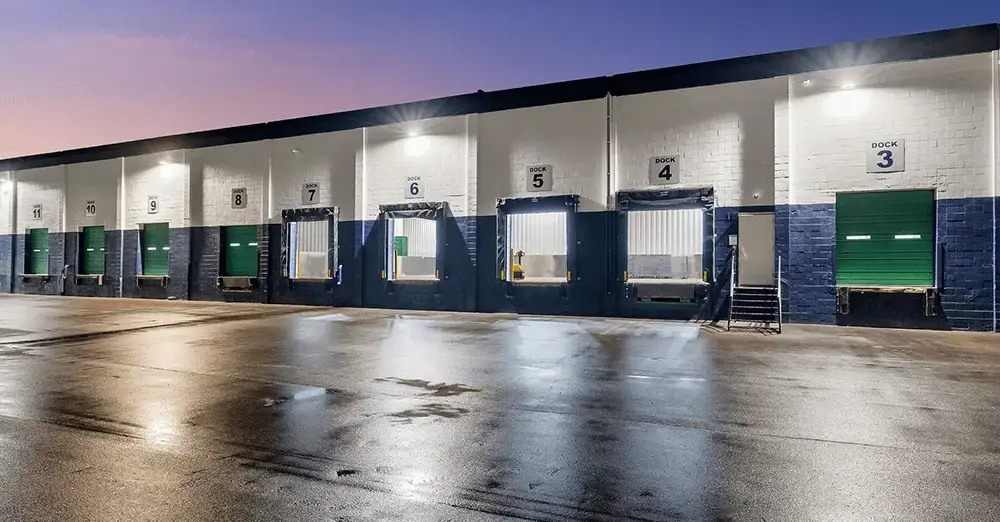
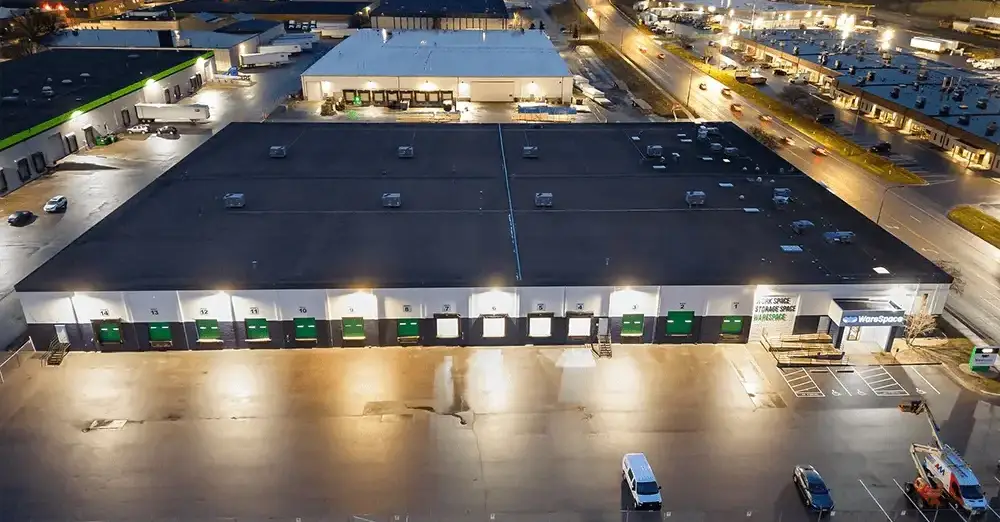











 ►
Explore 3D Space
►
Explore 3D Space